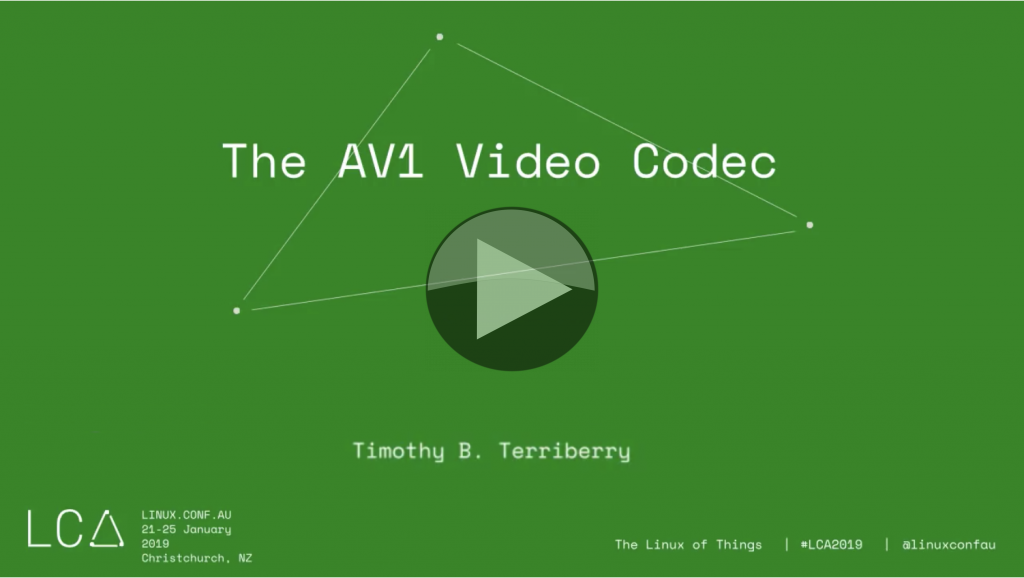
Date: Thursday February 28th 2019, 10am PT / 1PM ET / 18:00 GMT
Streaming continues to grow, in amount streamed, in people consuming it and in importance within this and other industries. One things which has always been an enabler yet made streaming harder to deploy is its rapid evolution. Whilst this has been a boon for smaller, nimbler companies – both content producers and service providers – the streaming has now arrived at most companies in one way or another and this breadth of use-cases has kept streaming tech moving forward and showing no signs of abatement.
Some aspects are changing. For instance we are seeing the first patent-free MPEG standard proposals (EVC, which has basic patent-free functionality and a better performing patent-controlled profile) on the heels of AV1. We’re seeing low-latency efforts such as CMAF taking hold as an alternative to WebRTC. With CMAF being much closer to the ever popular HLS, this may well beat out WebRTC in deployments at the cost of a slightly higher, but much improved latency.
To bring all of this in to focus for 2019, Jason Thibeault from the Streaming Video Alliance is bringing together a panel of experts to look at the coming trends and to give us an idea of what to look out for, and how to make sense, of 2019’s year of video delivery.
Speakers
 |
Guillaume Bichot Head of Exploration, Broadpeak |
 |
Joshua Pressnell Chief Technology Officer, Penthera |
 |
Pierre-Louis Theron CEO & Co-founder Streamroot |
 |
Johan Bolin Chief Product & Technology Officer, Edgeware AB |
 |
Steve Miller-Jones Vice President of Product Strategy Limelight Networks |
 |
Moderator: Jason Thibeault Executive Director Streaming Video Alliance |







